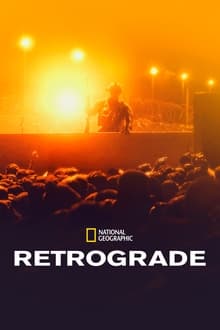
The story of the last months of the 20-year war in Afghanistan through the intimate relationship between American Green Berets and the Afghan officers they trained.
You May Also Like
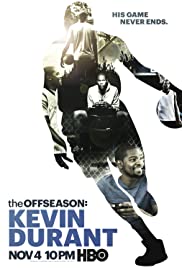
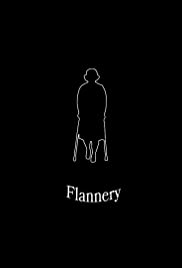
A feature documentary directed by Elizabeth Coffman and Mark Bosco about American writer Flannery O’Connor.
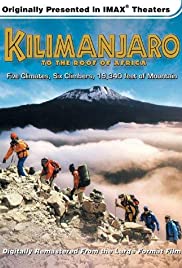
Follows five trekkers and a local Chagga guide to the top of Kilimanjaro, the largest freestanding mountain in the world. Along their journey this diverse group of trekkers encounter strange landscapes and endure harsh conditions as they travel through five climate zones ranging from the lower rainforest reaches of Kilimanjaro to the summit’s arctic glaciers.
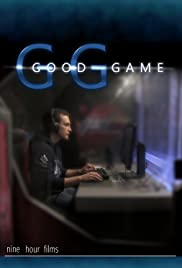
Creative and competitive, members of the Evil Geniuses Starcraft 2 team must prove themselves to make the cut in professional video gaming. Good Game follows the team as they discover that one wrong move could end their dreams.

An in-depth look at the life of boxer, Muhammad Ali, including his years as an activist and philanthropist.
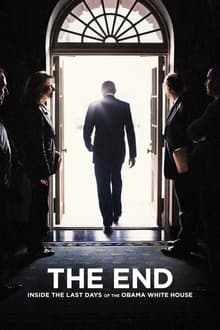
An inside view of Barack Obama’s last days as the first African-American President, and the legacy he leaves behind.
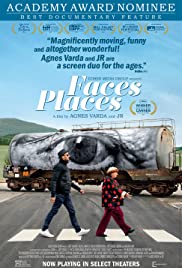
Director Agnès Varda and photographer/muralist JR journey through rural France and form an unlikely friendship.
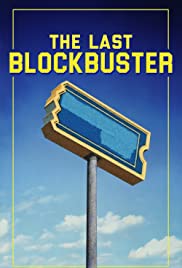
A documentary on the last remaining Blockbuster Video in Bend, Oregon.

A portrait of the man behind the greatest fraud in sporting history. Lance Armstrong enriched himself by cheating his fans, his sport and the truth. But the former friends whose lives and careers he destroyed would finally bring him down.
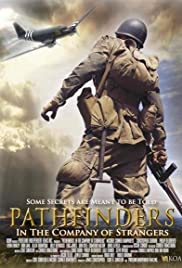
Untold and lost history. A true story of the American Pathfinders, the volunteer paratroopers whose deadly mission was to land 30 minutes before the Normandy invasion, locate and mark strategic “drop zones” and set up the top-secret navigation equipment needed to guide the main airborne assault on D-Day.

With more than 50 million Latinos now living in the United States, Latinos are taking their seat at the table as the new American power brokers in the world of entertainment, business, politics and the arts. As Latinos’ influence in American society has soared, they have entered mainstream American culture, and the proof is in the music. Executive produced by legendary music mogul Tommy Mottola, THE LATIN EXPLOSION: A NEW AMERICA features a dazzling array of artists at the center of Latino cultural power and influence, including Marc Anthony, Emilio Estefan Jr., Gloria Estefan, José Feliciano, Eva Longoria, George Lopez, Jennifer Lopez, Los Lobos, Cheech Marin, Ricky Martin, Rita Moreno, Pitbull, Romeo Santos, Shakira, Thalía and Sofía Vergara. Narrated by John Leguizamo.
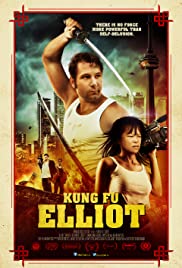
The bizarre story of Elliot “White Lightning” Scott, who plans on becoming Canada’s first action hero with his low-budget karate epic, Blood Fight. This surreal documentary captures two years in the lives of a passionate amateur filmmaker, his supportive partner Linda Lum, and their cast and crew of outrageous dreamers – all striving to achieve success.